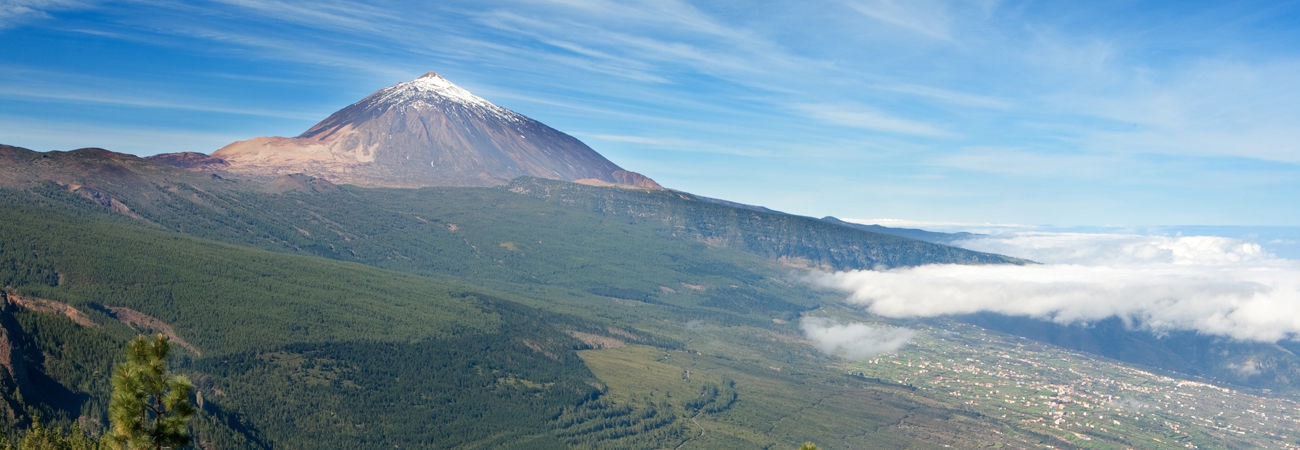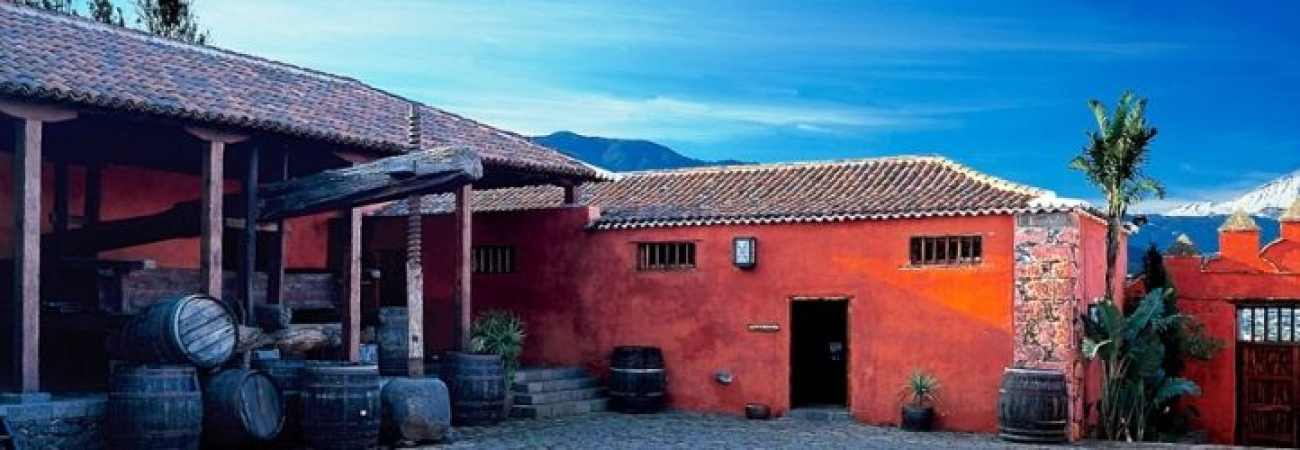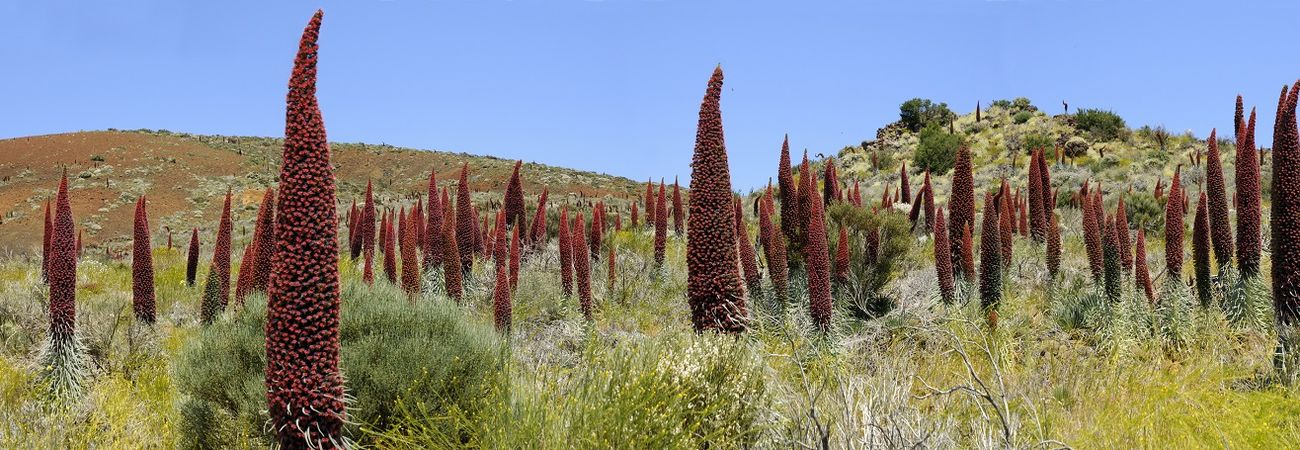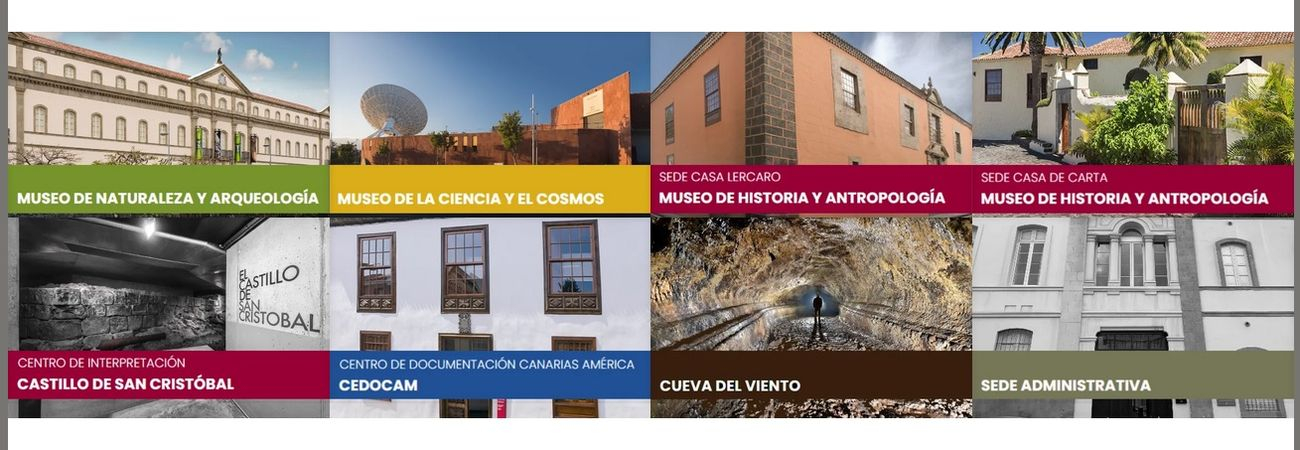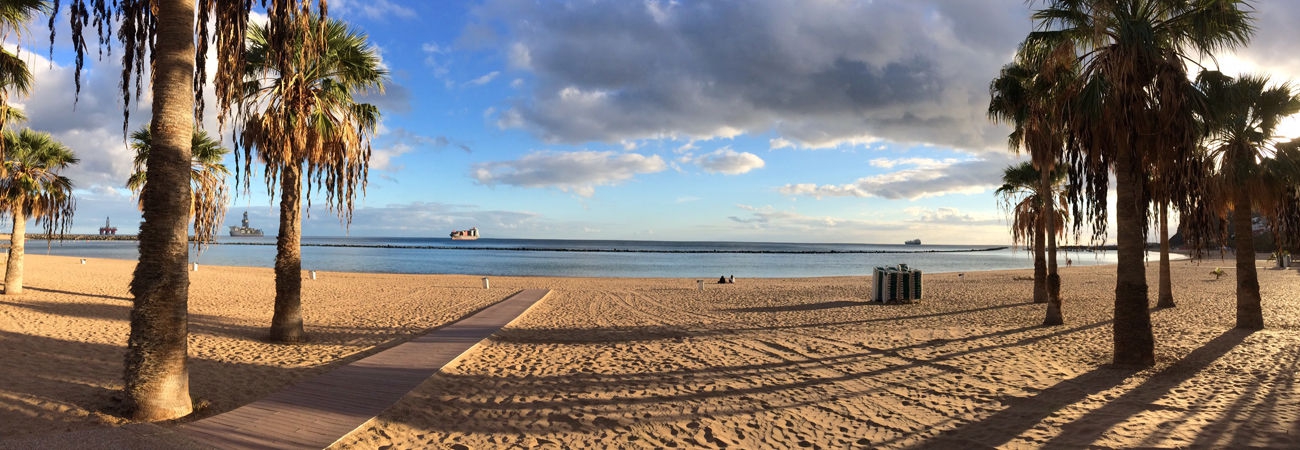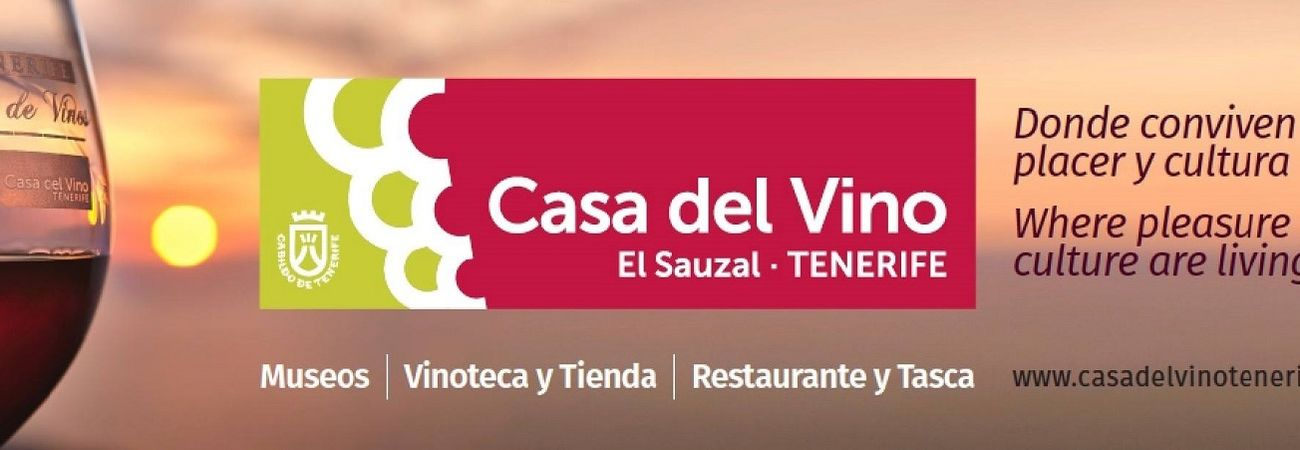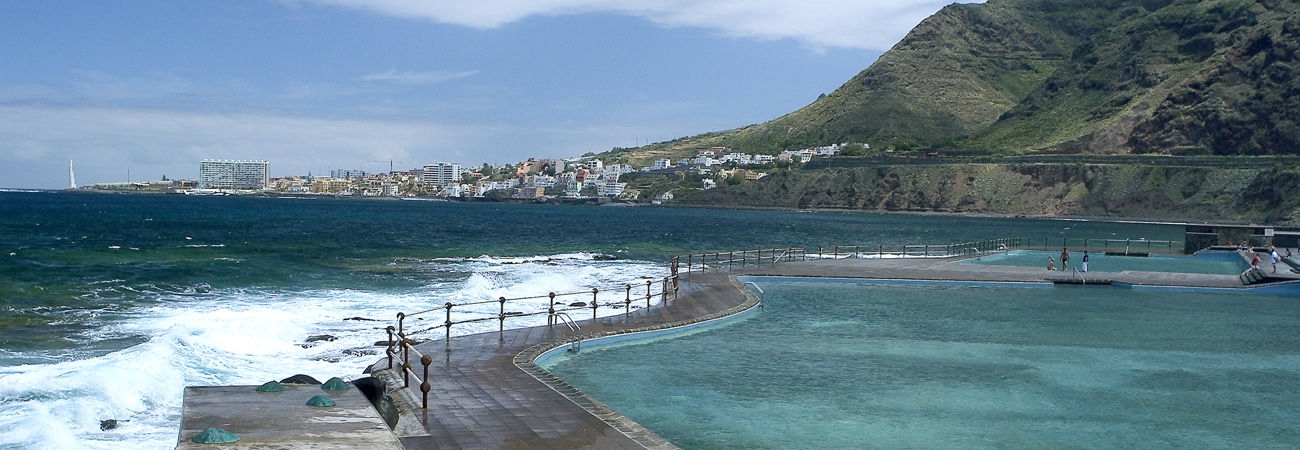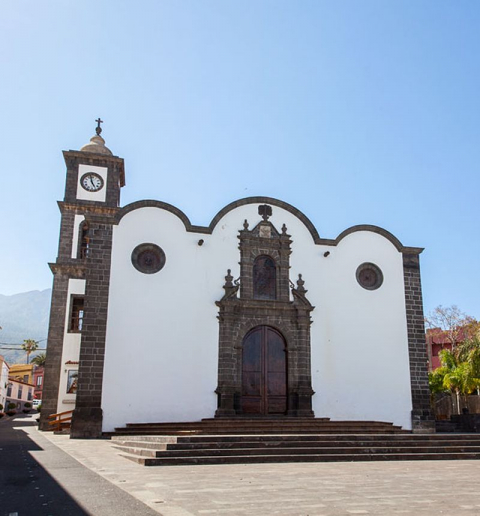Güímar
CHURCH OF SAN PEDRO APOSTOL
Tel.: (+34) 922 510 206 and (+34) 922 510 050 (Town Hall)
Visiting Times: During church services.
Built in the year 1610. Architectural features include the Riga pine main door and inner door. The layout is Latin Cross and there are three reredos on the right that hold beautiful carvings like La Inmaculada, La Dolorosa and La Virgen del Carmen. There is a reredos of San Pablo and El Cristo de Las Tribulaciones to the left, and at the end, next to the shrine, there is El Cristo de La Agonía.
The church has a capacity for 400 people.
The pulpit is of Riga pine and the main altar is made of tooled silver. The carving of San Pedro Apóstol is decorated with the Cruz de La Beneficencia, shoes and a ring that were donated by Bishop Pérez Cáceres.
The church has a traditional pipe organ, and an electronic one, which are used for liturgical services.
Most of the paintings were done by López Ruiz between 1920 and 1930. He painted eight trapezium-shaped canvasses to cover the craft work of the Main Altar, and another four that represent San Pedro as Pope and Preacher, La Oración del Huerto and La Exaltación del Pontificado. He also did the background of the reredos where the figure of San Pedro is.
CHURCH OF SANTO DOMINGO
Tel.: 922 510057 (Parish of Santo Domingo)
The church dates from the 17th century and was part of a former Dominican Convent built originally to house and protect La Virgen de Candelaria from the pillage of the time, although the figure was never housed here.
Architectural features include the fact that the layout is Latin Cross, it has an interesting cloister patio and a wealth of sculptures and a series of figures, such as a Santo Domingo de Guzman, by Luján Pérez, San Antonio Abad and Nuestra Señora del Rosario, by Rodríguez de Oliva.
The church can hold 305 people.
The building is next to the Town Hall, former Convent of Santo Domingo.
CASA DE SANTO DOMINGO
Interesting house from an historic and heritage perspective.
The initial structure dates from the 16th century and, after some structural reforms, its current appearance has remained unchanged since the 18th century. Of the famous people that have been to this house, perhaps the most famous was Fernando de Torres Marrero y Ledesma (1726 - 1807), Lieutenant Colonel of the Militia, Governor of Arms and Mayor of Güimar.
The layout of the house is "L"-shaped, with a rectangular central patio that separates the house from the outhouses.
The facade is beautiful and charming because of the lovely wooden balcony with a tiled roof.
TOWN HALL
In 1649, Bishop Francisco Sánchez Villanueva authorised the construction of the Convento de Santo Domingo Soriano. The building had a church and a Convent next door that was not a closed convent.
Around 1739, the Plaza de Santo Domingo was built, the name was changed officially to Plaza del Ayuntamiento in 1984
The Convent ceased to exist as such on the 15th of November, 1835, with Mendizábal's sale of Church lands. Despite several reforms and the many tasks it has been assigned, it still conserves the inner patio with a small fountain and its typical structure of an arched upper floor. The Assembly room is well-worth a visit.
The town council currently uses the building as its administrative offices and for the Local Police.
The Town Hall covers 600 square metres and was last reformed in 1984.
CHURCH OF SAN JUAN
An historic religious building, built in 1534, although several alterations have been done in its history.
The architectural structure is characterised by having a single nave. Apart from its age, the church is important for its oils and other paintings, like the oil of San Juan Bautista. The painting of the reredos is also important, as is the pulpit and arch and the frescoes on the side walls.
We recommend you visit the Cristo de La Expiración, or Cristo Negro, which is in a church near San Juan. It is very important for the village, located specifically on El Lomo de La Corujera.
EL SOCORRO CHURCH
This is located in the historic Caserío del Socorro.
It is a listed building for its cultural interest, classed as an Historic Monument.
The stone facade and bell tower are the most striking architectural features.
It was recently restored, with the ceiling and interior being remodelled.
The church is surrounded by a square full of palms and laurels.
Close by is the Chapel of Nuestra Señora del Socorro, a resting place during processions. Inside there are some frescoes that give us an interesting insight into the religious life of the area.
A visit is recommended during the Romería del Socorro (Socorro Pilgrimage) (7th and 8t of September).
CASA MIGUEL CASTILLO
Miguel Castillo Alfonso, director of the Municipal Band from 1904 to 1914 and 1920 - 1929, lived in this house.
He was born in Zaragoza on the 14th of July, 1876. He studied the clarinet in Madrid.
In 1904, he took over the Güimar Municipal Band.
On the 28th of October, 1908, he married Florinda Campos Díaz, from Güimar. During this period, he composed many works. Castillo composed his famous "Pasodoble al Socorro", "Villancico Pastoril", "Salve a La Virgen del Socorro", "Pares o Nones", "Pasodoble El 29 de Junio", etc. Most of these compositions have a highly festive character and are closely related to popular fervour for the traditional fiestas of the borough, like the Romería del Socorro and the Fiestas for the Patron Saint: San Pedro Apóstol.
Miguel Castillo died on the 22nd of October, 1929, at the age of 52.







